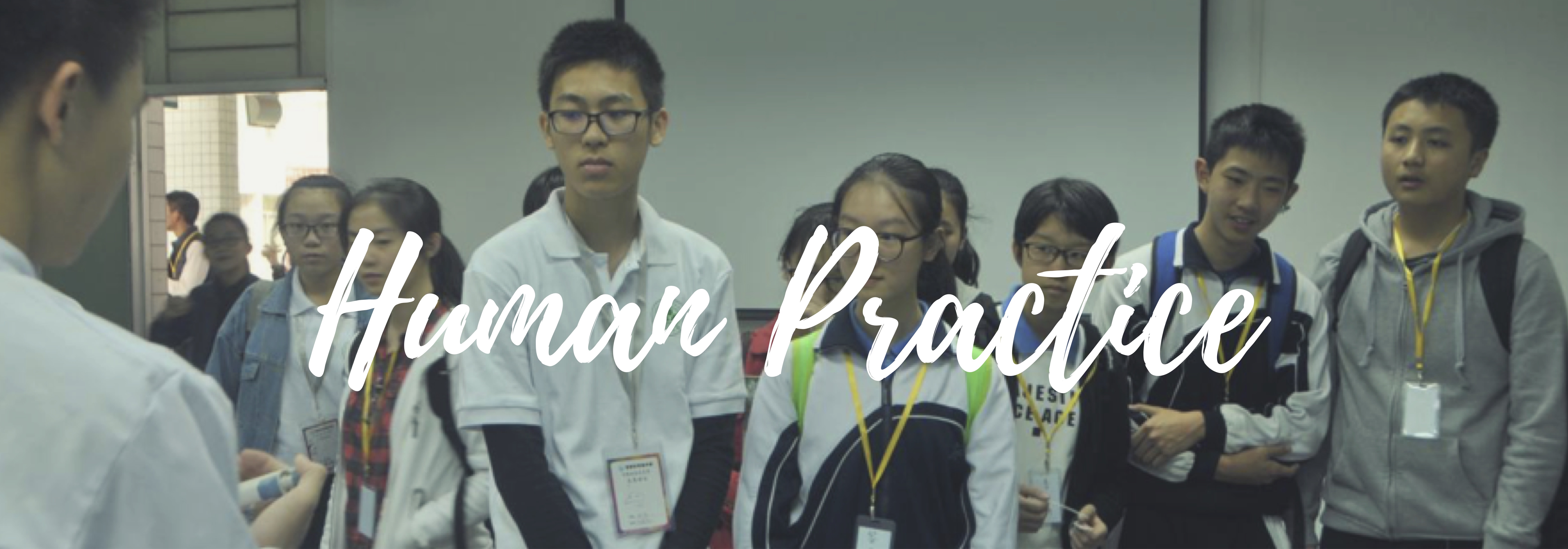Cordeliali (Talk | contribs) |
|||
| Line 105: | Line 105: | ||
</div> | </div> | ||
| − | |||
| − | |||
| − | |||
| − | |||
| − | |||
| − | |||
| − | |||
| − | |||
| − | |||
| − | |||
| − | |||
| − | |||
| − | |||
| − | |||
| − | |||
| − | |||
| − | |||
| − | |||
| − | |||
| − | |||
| − | |||
| − | |||
| − | |||
| − | |||
| − | |||
| − | |||
| − | |||
| − | |||
| − | |||
| − | |||
| − | |||
| − | |||
| − | |||
| − | |||
| − | |||
| − | |||
| − | |||
| − | |||
| − | |||
| − | |||
| − | |||
| − | |||
| − | |||
| − | |||
| − | |||
| − | |||
| − | |||
| − | |||
| − | |||
| − | |||
| − | |||
| − | |||
| − | |||
| − | |||
Revision as of 21:15, 1 November 2017

Practice 1: Popularization of Synthetic Biology & Our Project

In order to introduce biological science to the public and help more people understand synthetic biology, our iGEM team members conducted an activity to popularize synthetic biology and our project at Lianhua Mountain Park.
On August 5-6, 2017, we went to Lianhua Mountain Park in Futian District, Shenzhen.We not only popularized the knowledge about synthetic biology to the tourists in the park, but also explained our new project. We also introduced the methods of killing scale insects on the succulent plants, and gave lovely succulent plants to tourists.

During the activity, we seized every chance to get citizens' opinions of our project and scale insects. And once they agreed to provide valuable perspectives toward our project, we would request their subscribing for further help. After the activity, we kept updating on-going processes of our project and disseminating questionnaires for improvement.
In order to introduce synthetic biology in a comprehensive and attractive way, our team members also held the activity called Follow Us & Get Free Succulent Plants. In this activity, many people were attracted by lovely succulent plants. Through this practice, we successfully attract public attention. More than 200 people started to follow our on-growing process online. Some of people encouraged us to continue our program.

Practice 2: A Synthetic Biology Popularization Forum

We, team SMS_Shenzhen, along with team SIAT_SCIE, held a synthetic biology popularization forum. We invited team SIAT_SCIE to come to our school and we gave a speech to students in Shenzhen Middle School* (middle school part) on Oct.27. This forum aims to spread knowledge of synthetic biology to junior high school students, provoking their interest and enthusiasm in biology.
(*: Shenzhen Middle School is made up of two part: the high school part and the middle school part. We went to the middle school part and held this forum with middle school students.)

Before the forum, team members from both teams introduced iGEM competition to the audience. It helped the audience have a quick view of iGEM.
The forum was divided into three parts. The first part was the popularization of basic synthetic biology knowledge. It included basic conceptions of synthetic biology such as DNA and plasmid and the technological knowledge like PCR and digestion. The second part of the lecture was the practical application of synthetic biology. In order to help middle school students understand the importance of synthetic biology better, we made it interesting and funny for them to gain a better understanding. At the end of the forum, both teams introduced their project.
Practice 4: Open-Lab Day for Teens in Our City
In order to publicize our project to and get innovative ideas from the creative young students, we planned and held this Open-lab Day for middle school students from the whole city. During the day, we invited them to visit our laboratory, which enabled them to obtain a deeper impression on synthetic biology.

200+ teens came to our campus that day and our student guides delivered lots of presentations to give them some background knowledge on synthetic biology and tell them what we planned to do at that time. Additionally, we even taught them some basic experimental skills like how to use pipettes.

We had 5 student guides in total that day. After the events, they reported that they not only practiced their skills of presenting knowledge to the younger students, but also learn something from them. ‘I hope that we can always keep the sacred revere in our heart as those junior high students, when we are in the lab.’ Says Yinan, one of the student guides.








